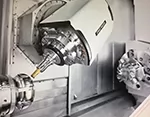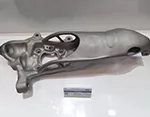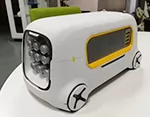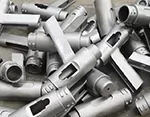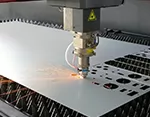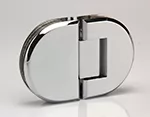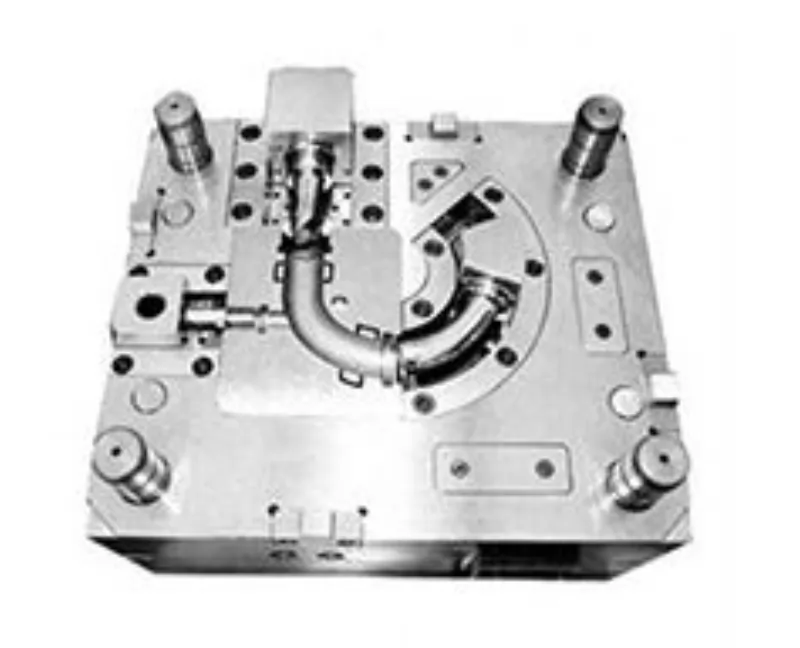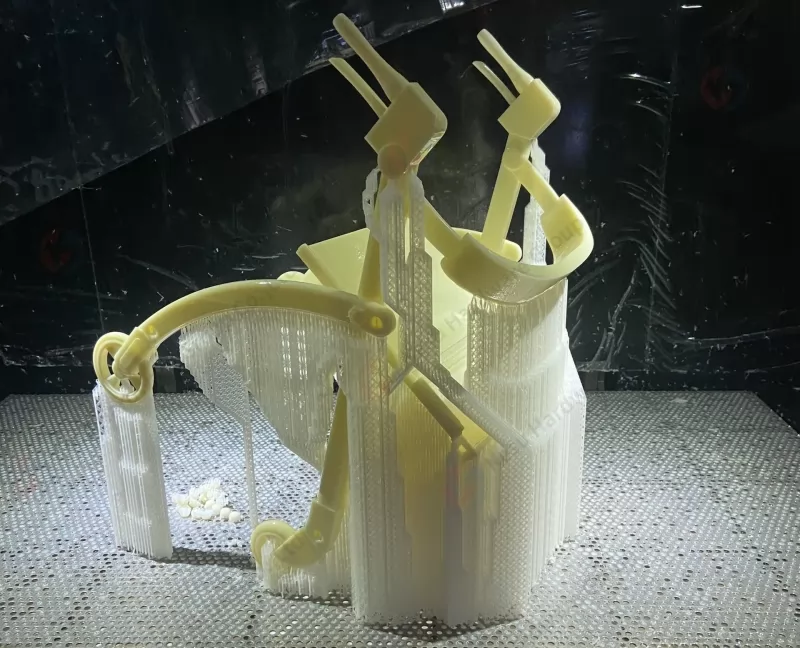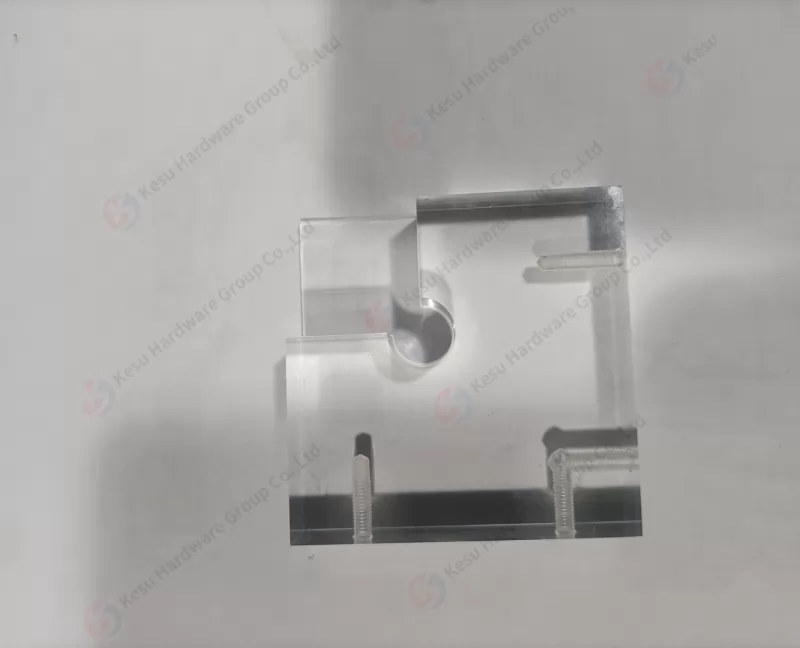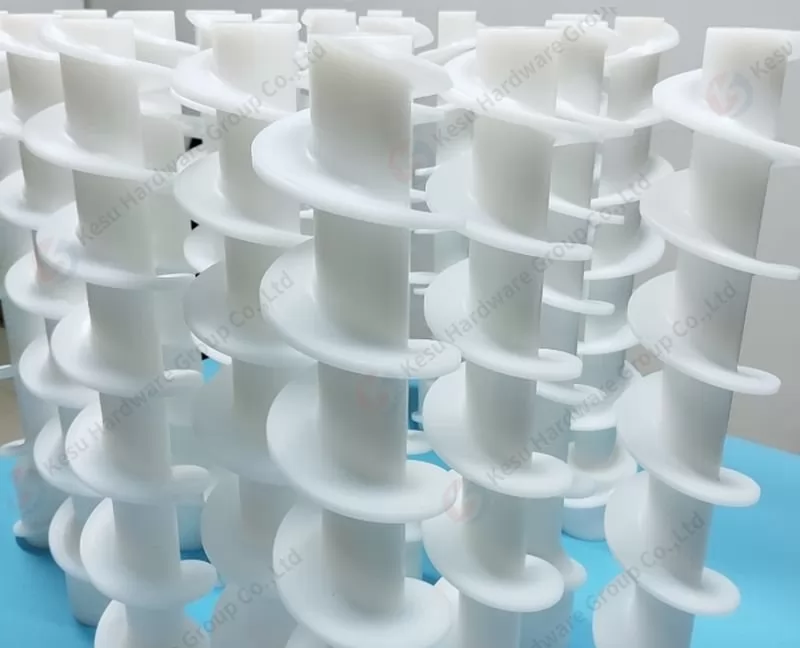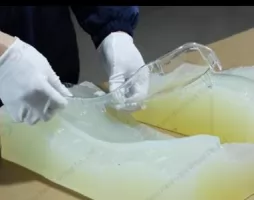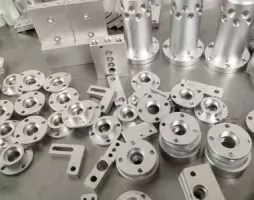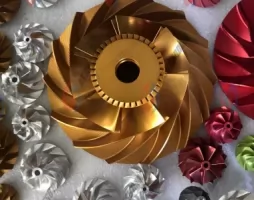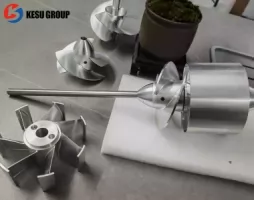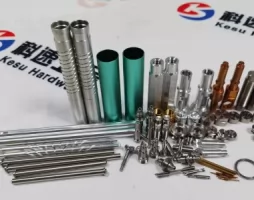-
Service
+
- CNC Precision Machining Service +
- Multi-Axis Simultaneous Machining Service +
- CNC Turning Service +
- Metal 3D Printing Service +
- Rapid Prototyping Service +
- Die Casting Service +
- Sheet Metal Fabrication Service +
-
Finish Serivces
+
- Polishing
- Grinding
- Brushed Finish
- Sand blasting
- Painting
- Powder Painting
- Anodizing
- Hard anodizing Service
- Passivation
- Zinc Plating
- Nickel Plating
- Chrome Plating
- Blackening
- Black Zinc Plating
- Teflon Coating
- Titanium Coating
- DLC Coating
- Laser Marking
- Silk Screen Printing
- Transfer Printing
- Micro Arc Oxidation
- Industries +
- About Us +
- Resource +
- Contact Us
- Quote

-
Service
-
>
-
>
-
>
-
>
-
>
-
>
-
>
-
>
-
- Industries
- About Us
- Resource
- Contact Us
Learn how to create the perfect plastic prototype using 3D printing, urethane casting, CNC machining, or plastic injection molding.Rapid prototyping for plastic parts is used to develop plastic parts quickly for Initial design verification and validation.
The Importance of a Plastic Prototype
Prototyping, as you may know, is a powerful tool for entrepreneurs and businesses. It helps to assess a physical product before full-scale production begins. A plastic prototype enables you to work with the physical representation of your plastic product as quickly as possible.
You also have the opportunity to present your ideas to potential investors and allow them to test them out. Prototype plastic parts are those you put out to your potential customers to help you gauge their interest in the product before launching.
This process gives designers with the support of prototyping companies the chance to make appropriate changes before making plastic products. In the end, both the manufacturer and the end-product user benefit. Other advantages include:
★Tests various design features on the plastic prototype
★Verifies design functionality
★Creates a testing benchmark for developing additional features
★Facilitates customer feedback
★Identifies possible defects and irregularities with prototype plastic parts ahead of mass production
★Allows refinement of define for efficiency of manufacturing
The Processes of Making Plastic Prototypes
Plastic prototype fabrication is one of the most flexible processes in rapid prototyping. You can choose between an extensive array of procedures to effectively fabricate your prototype plastic parts. In this section, we will be discussing four of the most effective methods for plastic prototyping.
Vacuum Casting
With vacuum casting, fabricators can duplicate several prototype plastic parts. It involves the use of a master model to create parts that are suitable for testing. When using vacuum casting for plastic prototype fabrication, the process involves the injection of the raw material into a silicone mold. However, before creating a silicone mold, there needs to be a master model.
Master models can be created using 3D printing or CNC machining. Upon completion of the master model, there is the development of silicone-based casting molds. The raw materials are injected into the mold cavity using a vacuum bell jar. It often takes about 30 to 40 minutes to harden the resulting cast to give a precise duplication of the prototype.
Vacuum casting is compatible with a wide range of materials, ranging from transparent to opaque. Furthermore, fabricators can reuse the silicone mold to produce up to 25 prototypes. This process helps you to actualize your design quickly to have the product development and mass production in closer proximity.
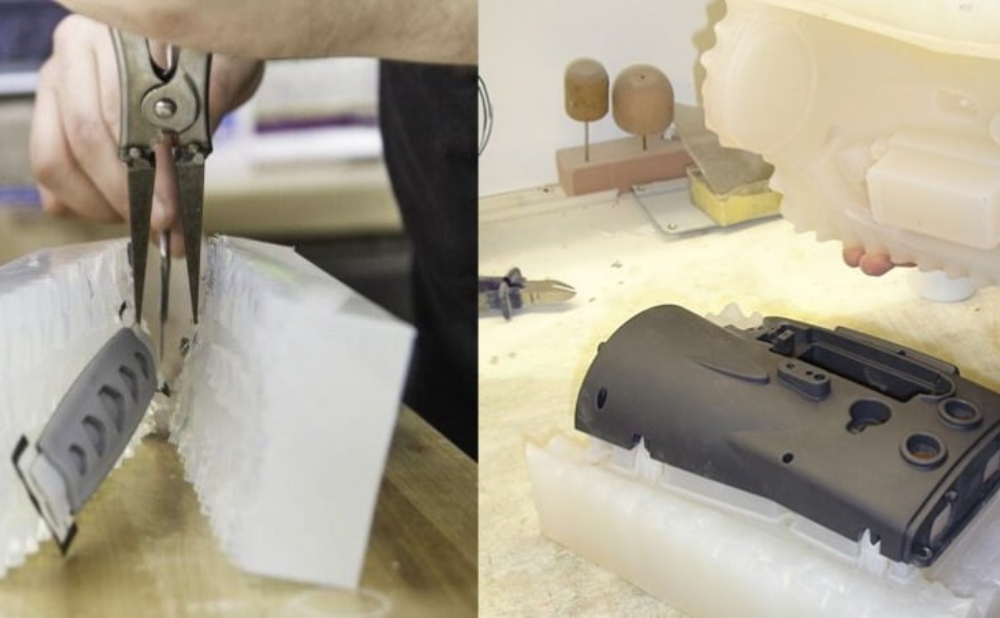
3D Printing
Additive manufacturing or 3D printing encompasses several manufacturing technologies. It is one of the innovative techniques following industry 4.0 that transform the manufacturing world. As we mentioned, 3D printing is a blanket term. Three of the most popular methods for 3D prototype plastic parts fabrication are:
Fused Deposition Modeling (FDM)
FDM 3D printing is the most popular form of 3D printing used in plastic prototype fabrication. This process involves using extrusion for a layer-by-layer deposition of plastic materials until the final product is formed.
When industrial-grade FDM printers are used, fabricators can create prototypes with increased strength and resolution, depending on the materials involved. It is also a flexible procedure, compatible with several materials including PLA, ABS, Nylon, PETG, Polycarbonate, etc.
Stereolithography (SLA)
FDM issues filaments, but SLA 3D printing employs plastic resin materials for creating 3D prototype plastic parts. It involves using a high-powered laser which helps to solidify the model coming using a vat of resin. Manufacturers use this method for several prototyping purposes, including dental, medical, and general consumer components.
Selective Laser Sintering (SLS)
SLS technology also utilizes a high-powered laser. However, unlike SLA, it sinters powdered materials together to form a 3D model. This process features print quality that is superior to FDM’s. You will find prototype plastic parts created via this method being more functional and with higher resolutions. They are generally more durable and flexible than FDM prints.
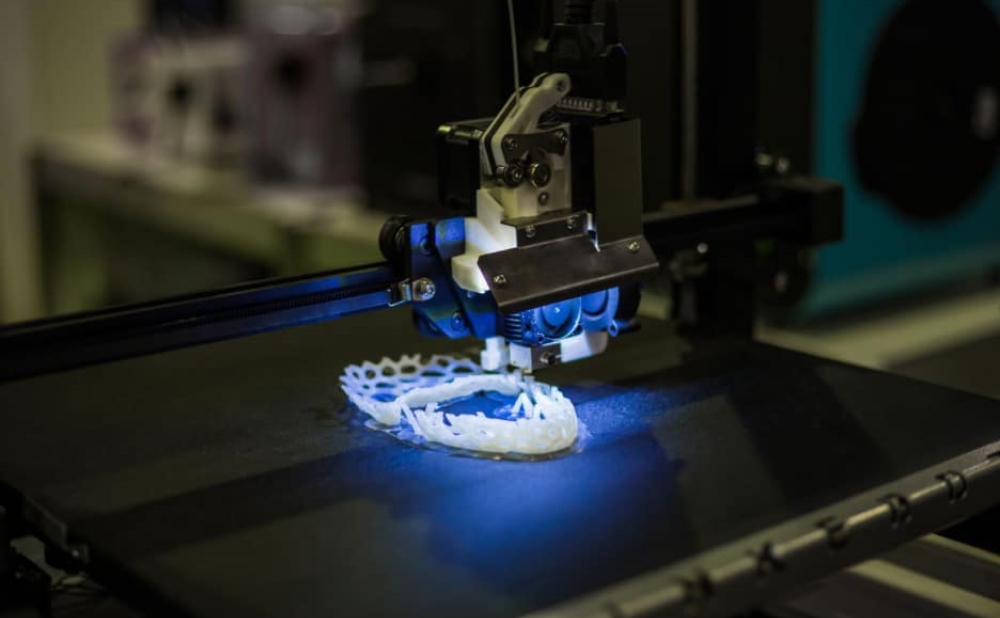
CNC Machining
CNC machining offers another viable and fast-paced method for plastic prototype fabrication. This technology uses a wide range of tools to create 3D models of your design from solid blocks of materials. Creating a plastic CNC prototype involves a subtractive process. That is, materials are being removed from the solid block, unlike 3D printing, which is an additive process. However, this does not mean that fabricators cannot make plastic prototypes with different materials.
Therefore, it is cost-effective, and you only need a CAD rendering to start CNC plastic prototyping.
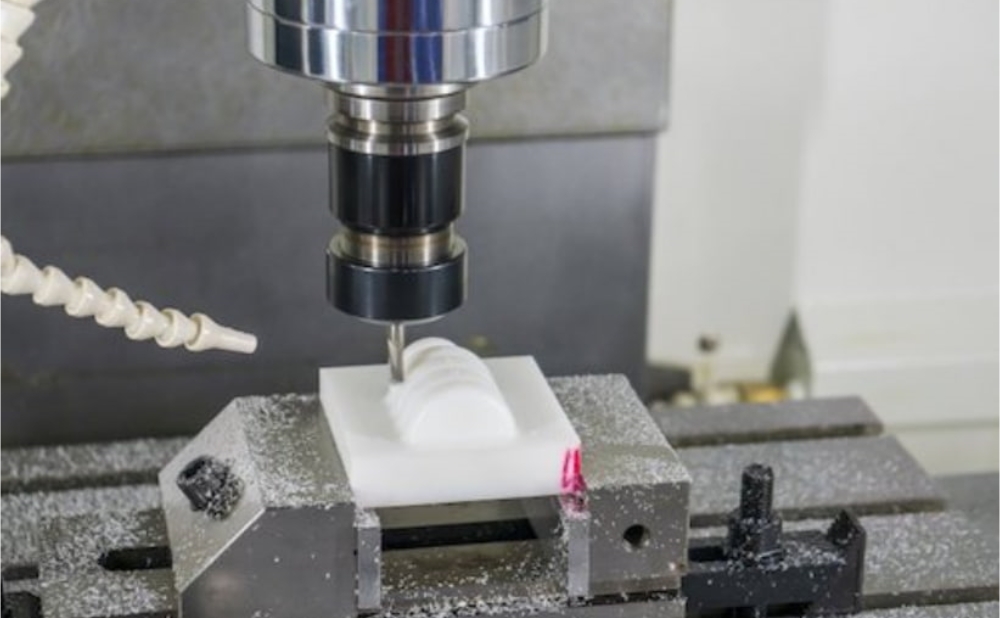
Injection Molding
When you need a plastic prototype fabrication method for limited prototype production runs, you should choose plastic injection molding. Although injection molding is popular for mass production, it also offers a valuable means of producing plastic prototypes. The technique involves the creation of a metal die. Then the fabricator sends the plastic resin into a heated barrel, where it is mixed and forcefully injected into the metal die.
The final step is the rapid cooling of the plastic into a solid component. The result is a prototype with excellent mechanical properties and a high-quality surface finish. It is compatible with popular plastic material options like ABS, Polyethylene, Polycarbonate, Nylon, HIPS, etc. Prototype plastic injection molding lays down the foundation for subsequent molds you need for complete production runs. Many industries take advantage of this method, including automobile, electronics, medical, and packaging industries.
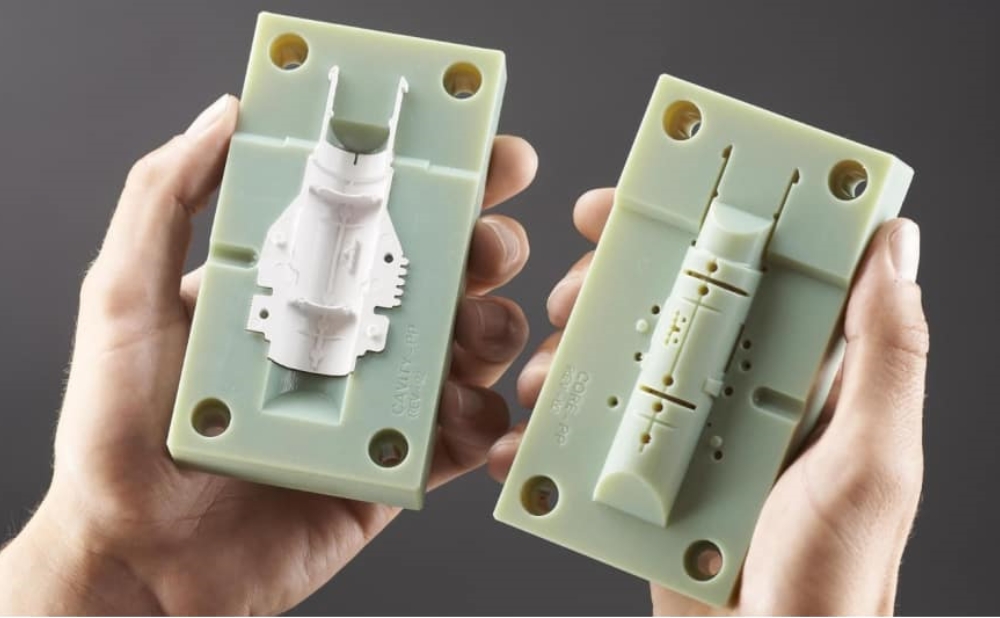
Operation Process
1. Contact us with the drawings of your products.
Files formats are accepted when clients send us drawing.
3D: Pro/E, UG
2D: Auto CAD
Accepted file format: .igs, .prt, .stp, .x_t, .dxf, .dwg, .pdf, .jpg, .tif, .bmp, .doc, .xls.
2. Receive our offer. We will send you the quotation sheet as soon as possible.
3. Place the orders.
4. Make payments.
5. Engineers write programs for products.
6. Production.
Machining types: CNC milling, CNC turning, grinding, stamping, bending, welding, die casting, drilling, tapping and injection molding.
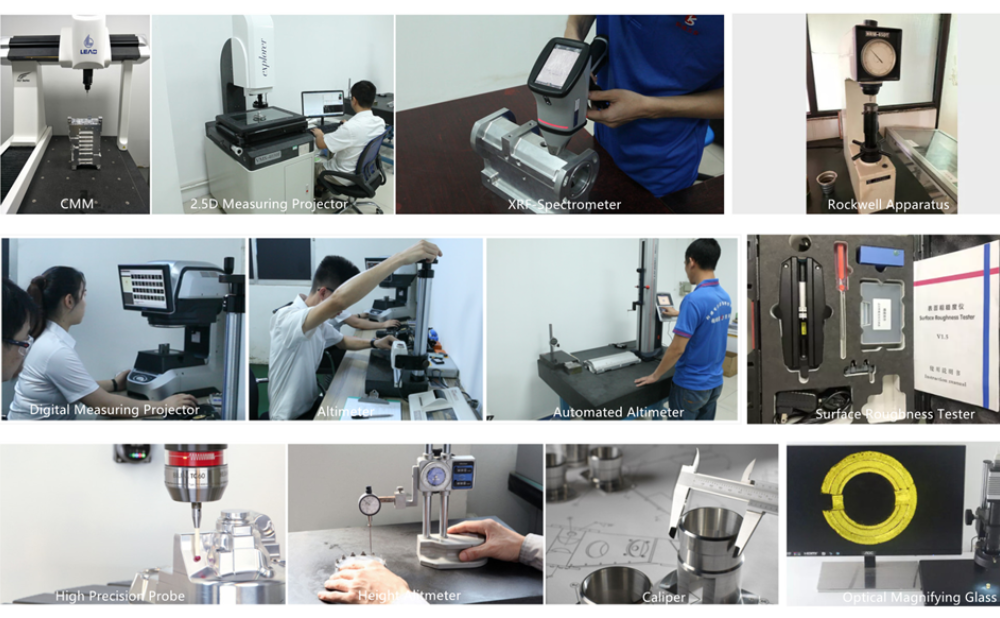
Kesu's Inspection Equipment
Our characteristics
1. Our service is from the provision of technical advice, our engineers will take into account all your
requirements to choose the best materials and production processes;
2. We have ample material suppliers to meet the supply of bulk or proofing materials;
3. Our engineers will choose the right tool according to the different nature of the material processing;
4. For easy deformation of the material (nylon, copper, etc.) will have a special process processing;
5. Strict quality management, to ensure the provision of high-quality products
For more information and consultation, contact us here!
E-mail:Sia@kesugroup.com
WhatsApp: +86 13414139830

